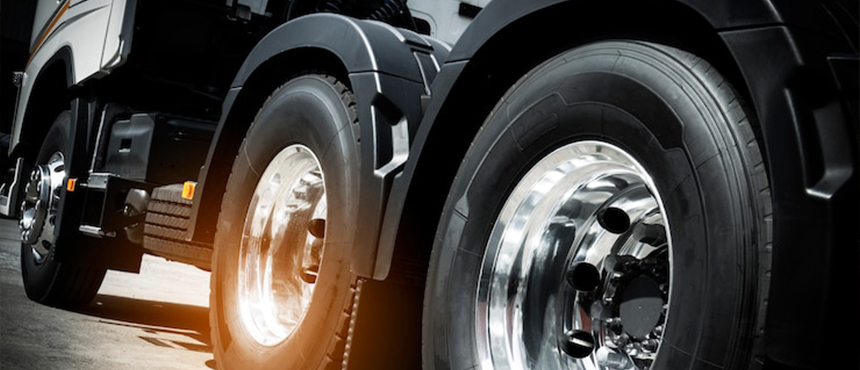PBS Generic Tyres
With the National Heavy Vehicle Regulator’s introduction of generic tyres in Performance Based Standards edging closer to implementation, it’s worth taking a moment to consider how this might look for industry moving forward.

Advantia has for many years already implemented generic tyres where appropriate. To model generic tyres, we use a conservative tyre dataset to assess vehicle performance via computer simulation. If a combination can pass all PBS standards using this tyre data set, the operator can fit generic tyres.
If not all standards can be passed using this tyre data set, then specific tyres that work on the combination are determined on a case-by-case basis. When specific tyres are required, we generally offer three options to our customers. These are listed below.
Option 1 – Specific trailing unit tyres and non-brand-specific drive tyres
In this option, the combination may be fitted with non-brand-specific (generic) drive tyres if it is fitted with trailing unit tyres that are determined to be acceptable.
- Generic drive tyres
- High‑performing trailing unit tyres
Option 2 – Specific drive tyres and non-brand-specific trailing unit tyres
In this option, the combination may be fitted with non-brand-specific (generic) trailing unit tyres if it is fitted with drive tyres that are determined to be acceptable.
- High‑performing drive tyres
- Generic trailing unit tyres
Option 3 – Specific drive tyres and specific trailing unit tyres
To allow for tyre choices that are not possible with Option 1 & 2, option 3 allows for the vehicle to be fitted with specific combinations of tyres.
Now, when would a combination typically get generic or specific tyres under an Advantia PBS Design Approval?
In dynamically challenging combinations, such as those using drawbars, there are typically two options to improve the handling to meet all the PBS standards; reduce payload height or restrict the tyre options. There are cases where a payload reduction is not preferred or possible, so instead the tyre options are restricted. In these cases, Advantia may instead impose specific tyres be fitted to some or all axles on the combination.
With the introduction of the generic tyre approach however, one problem is being solved while another problem is being introduced. While generic tyres will simplify the scheme in many cases, it will also remove a tool assessors use to improve handling performance. With tyres no longer being a means to improve results, the only remaining option will be to reduce payload height, mass or physically change the vehicle’s components (suspensions, etc).
It is worth noting that not all combinations will face this issue, but short, drawbar combinations may be the most adversely affected by this change (3-axle dog trailers, 26-30m A-doubles, etc).
One way to potentially get around this problem is to allow the use of both systems, similar to what Advantia already offers industry. Most operators get generic tyres, but some drawbar combination operators who don’t want to sacrifice payload can restrict their tyres instead.
For more information and to discuss the effect of generic tyres on your PBS combination, contact Advantia today.
Get more like this in your inbox
Subscribe to our Newsletter and never miss a post.